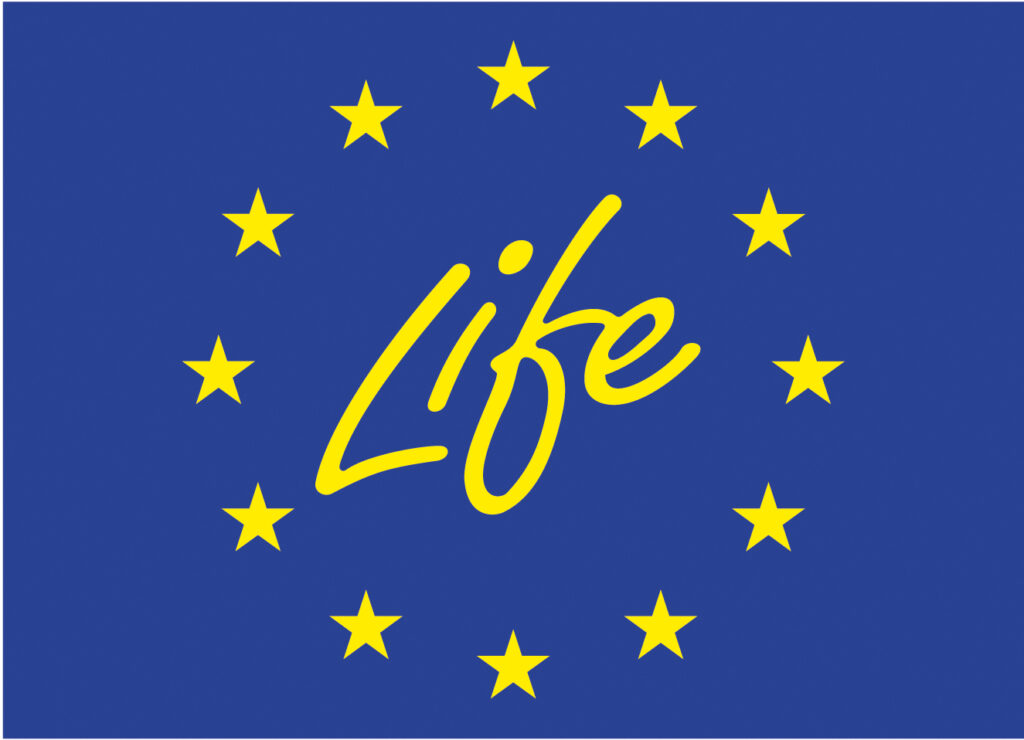The sea starts in the paddock!
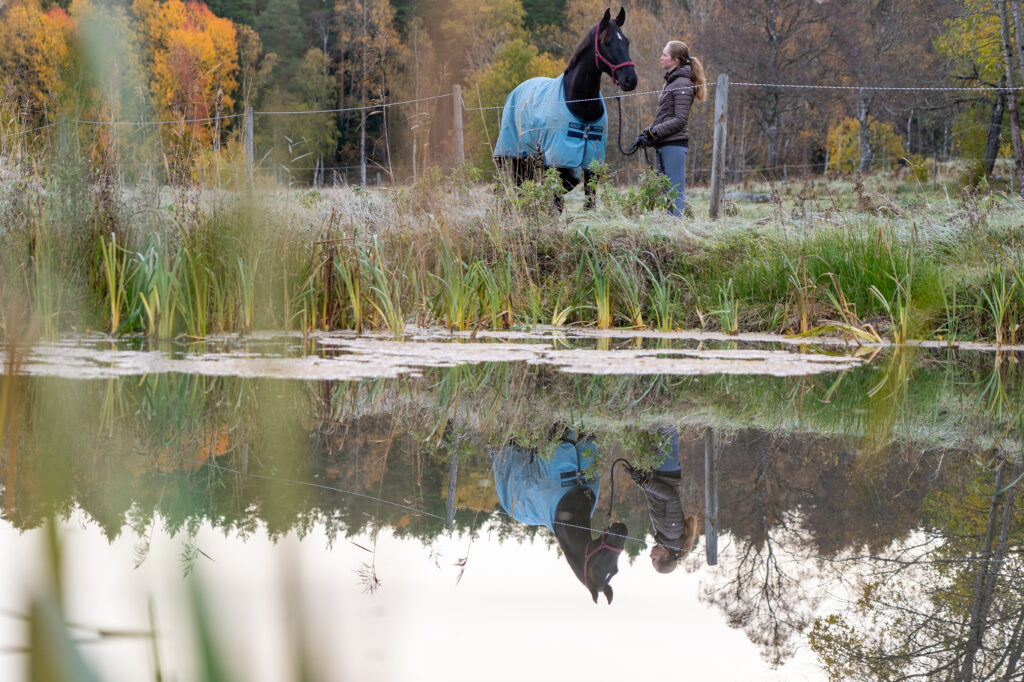
Vallentuna Riding Club has compiled a water management plan, including a pond that captures phosphorus from the paddocks. Horses have an important part to play in Sweden, for both leisure and business pursuits. However, keeping horse can have an adverse impact on the aquatic environment as phosphorus from horse faeces flows with rainwater from the […]
Water through Bergslagen
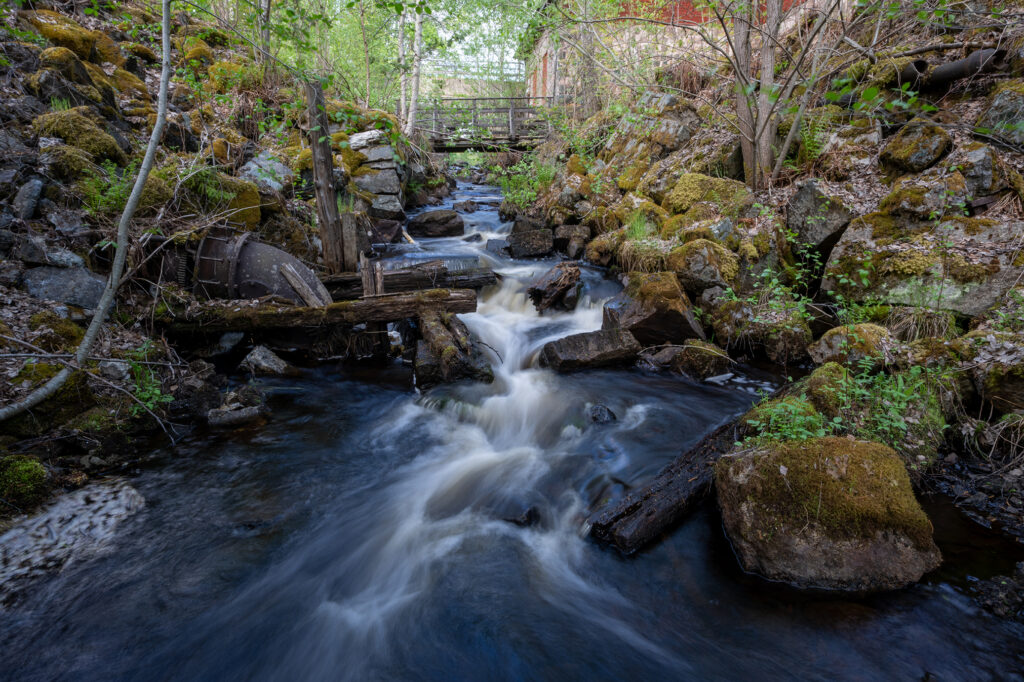
In Bergslagen, the Lankälven river flows through old forests and industrial environments. Millponds and small hydroelectric power stations testify to people’s efforts to use water to shape the new industries that contributed to the prosperity of Sweden as a whole. The water in Södra Hyttan, a few tens of kilometres east of Hällefors, was dammed […]
Water for all at Gottsunda stormwater park

Stormwater from a number of residential areas flows through the new stormwater park in Gottsunda, which was constructed by the municipality of Uppsala. Here, the water is purified to remove nutrients, oil and heavy metals before flowing on into the Hågaån river and out to Lake Mälaren. The stormwater park promotes well-being for both nature […]
Erkan wetland
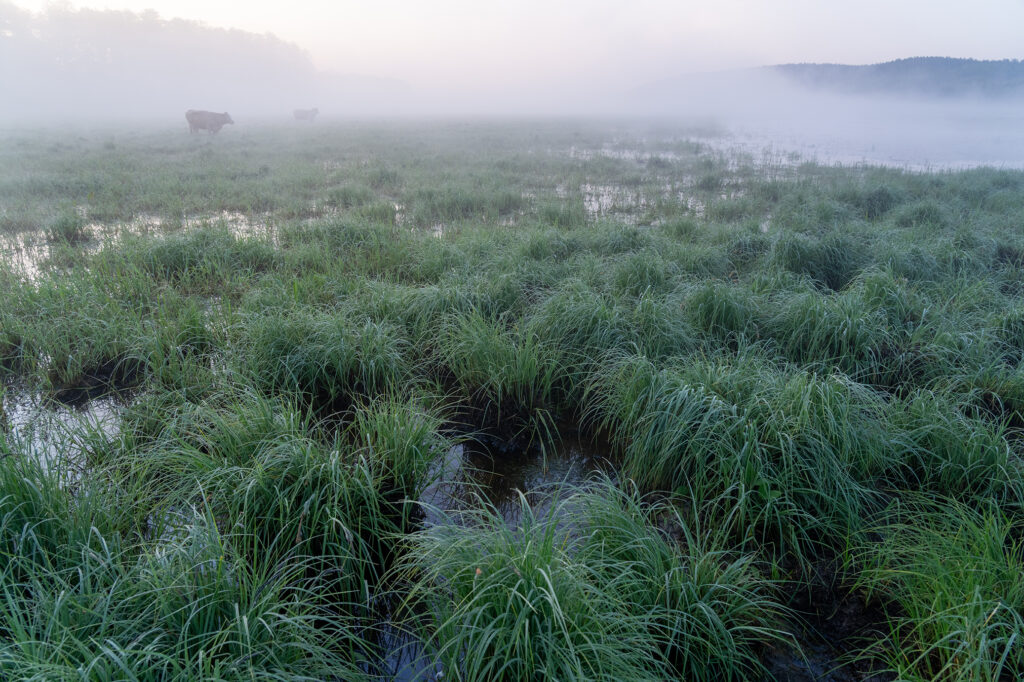
Draining wetlands to make more room for meadows, fields and forests used to be common. But we need wetlands: they help us to take care of our water. Now landowners and Nyköpingsåarnas vattenvårdsförbund (the Water Management Association for the Nyköping Rivers) have recreated the Erkan wetland in Kiladalen, a century after it was drained. This […]
Wetland park purifies water

Kapellbäcken is one of the most polluted streams in Västerås. Stormwater from the Erikslund shopping centre, the E18 motorway and the Hacksta industrial estate flows into the stream. The City of Västerås and Mälarenergi AB have built a new wetland park in order to purify the waters of Kapellbäcken. Particles sink to the bottom in […]
Vital ground water
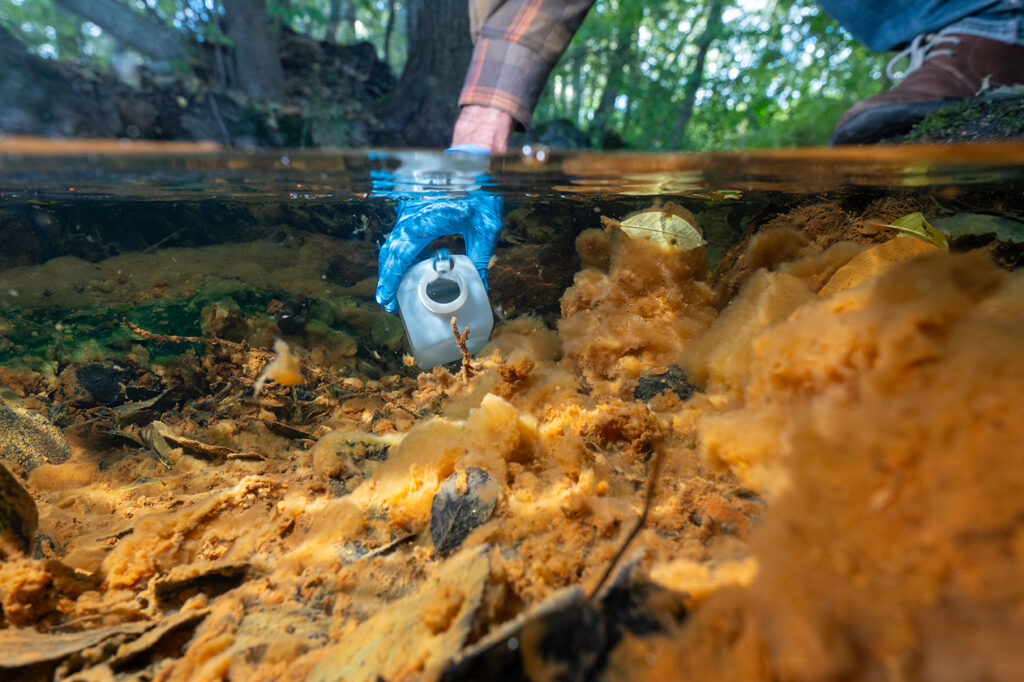
Groundwater penetrates up through the soil and forms a spring that is rich in iron. This spring, which is located in the southern Stockholm area, is naturally rust-coloured because of the iron bacteria. We take samples in order to monitor the quality of the groundwater. Groundwater is the water that fills all cavities in the […]
Small mussles make a big difference
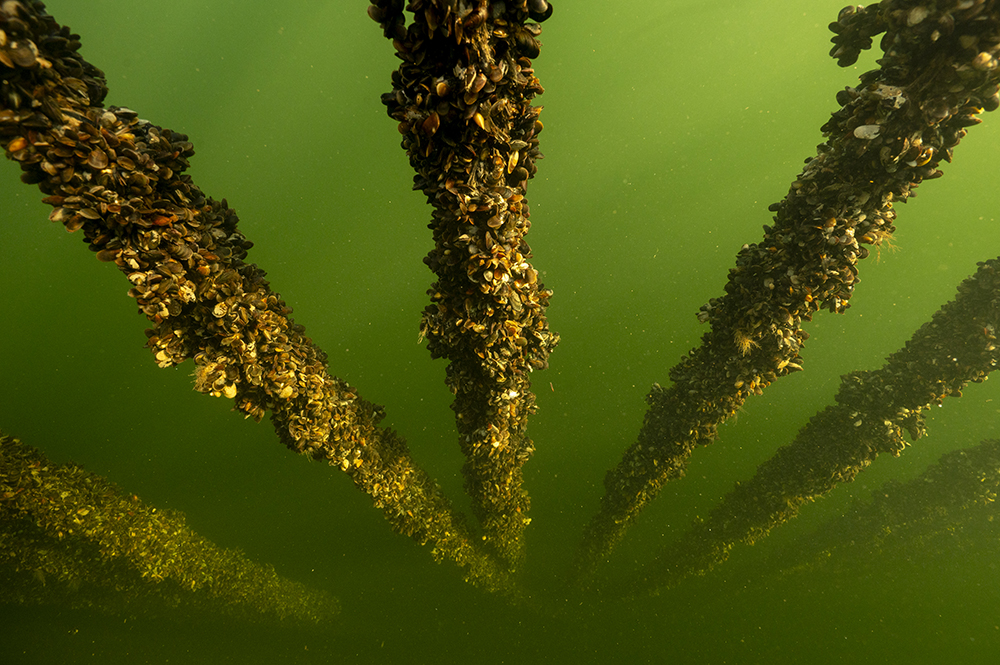
The Baltic Sea has major problems with eutrophication. Eutrophication is caused by high emissions of phosphorus and nitrogen found in water from agriculture and industry. And old phosphorus is released from the bottom of the Baltic Sea itself. The marine environment is in need of extensive action. Blue mussels may form part of the solution. […]
Plants deal with environmental toxins

There are lots of old rubbish tips in Sweden that continue to leach metals and other environmental toxins into our waters even though they are no longer used. One of the country’s old landfills can be found in Älvkarleby. Here, the municipality of Älvkarleby and Bioremed AB are trying to clean up the contaminated area […]
More information about the waters of Lake Mälaren

Lake Mälaren is Sweden’s third biggest lake. It provides drinking water to around 2.5 million people. We have a responsibility to preserve and protect the environment so that future generations have clean water to drink. Mälarens vattenvårdsförbund (the Lake Mälaren Water Management Association) does an important job, which involves sampling and analysing the water. Residues […]
Local commitment in Kiladalen

We all share the same water. That is why lots of people often need to invest time, effort and commitment in measures designed to improve the aquatic environment. These include wetlands, drainage or new ditches that affect a number of landowners and farmers along waterways. Open dialogue and taking on board everyone’s perspectives and knowledge […]
Free waters for the fish of Lake Mälaren

Waterways have always been hugely important to people. Many Swedish cities emerged around streams, brooks and rivers that were important for transport, electricity supply and other activities made possible by the power of the water. The Svartån river, one of the most important waterways for fish and other animals living in Lake Mälaren, flows through […]
Fish migration through historical environment
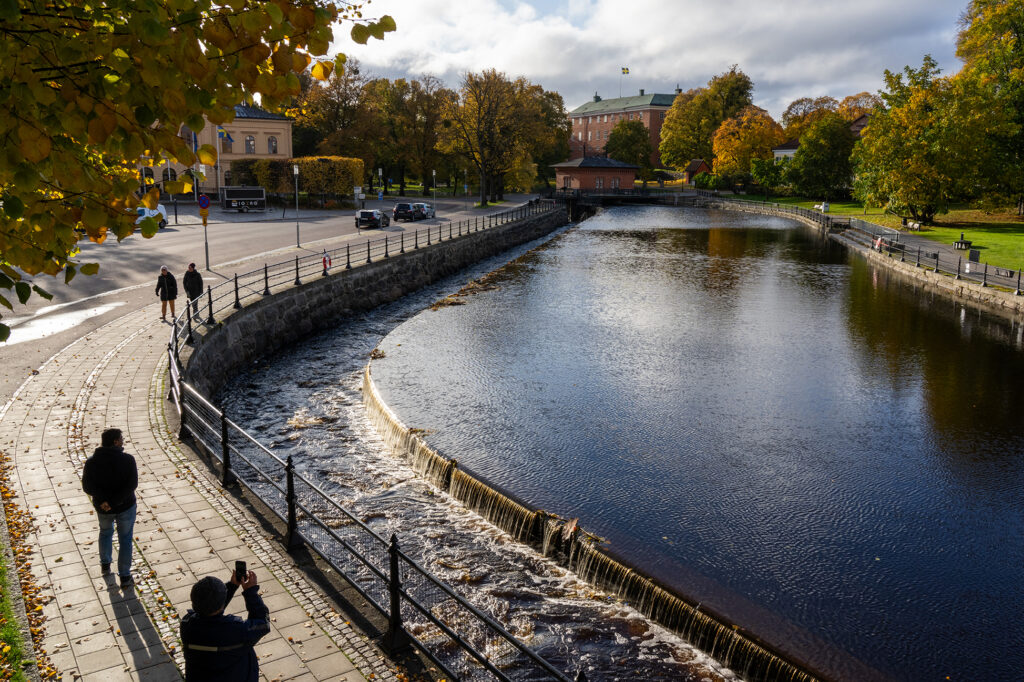
The Turbinhuset building in central Västerås is a testament to the city’s rich industrial history and the establishment of ASEA over a century ago. But that said, the power station dam – which is still producing electricity – has prevented fish from migrating upstream from Lake Mälaren to the Svartån river. When Mälarenergi AB and […]
Pulse trawling in Lake Hjälmaren (night-time)

Some fish can actually increase eutrophication of a lake. Living organisms in the lake interact with one another and influence the aquatic environment. White fish such as roach and bream eat a lot of zooplankton. A decrease in zooplankton results in more phytoplankton, which cause algal blooms. Bream also root around in the lake bed, […]
Pulse trawling in Lake Hjälmaren (daytime)

Lake Hjälmaren is one of Europe’s biggest lakes with eutrophication problems. The lake’s ecosystem is out of balance. One potential solution to reduce the amount of nutrients in the water could involve what is known as reduction fishing. This involves us catching large quantities of white fish such as roach and bream, which are fish […]
Sustainable boating for Lake Mälaren

For a long time, boat owners have been painting their boats to prevent barnacles, algae and mussels from growing on the bottom. The problem is that many antifouling paints can be toxic. Toxins affect animal and plant life in Lake Mälaren and cause a direct problem for us humans as the lake provides us with […]
New start for Lake Öljaren

Lake Öljaren in Södermanland has been experiencing major problems with eutrophication and algal blooms for a long time. There is hardly any life at all at the bottom of the lake. Eutrophication is caused by old nutrients being released from the bottom of the lake – this is known as internal loading. The municipality of […]
Plenty of activity in the Rällsälven river

Hydropower provides renewable energy that is good for the climate. But hydropower dams up waterways, affecting fish, animals and plants that need flowing water. Biodiversity is declining. That is why work has been in progress for some years now on making hydropower more eco-friendly all over Sweden. The Rällsälv power station, near Kopparberg in the […]
Clearer waters in Norrviken
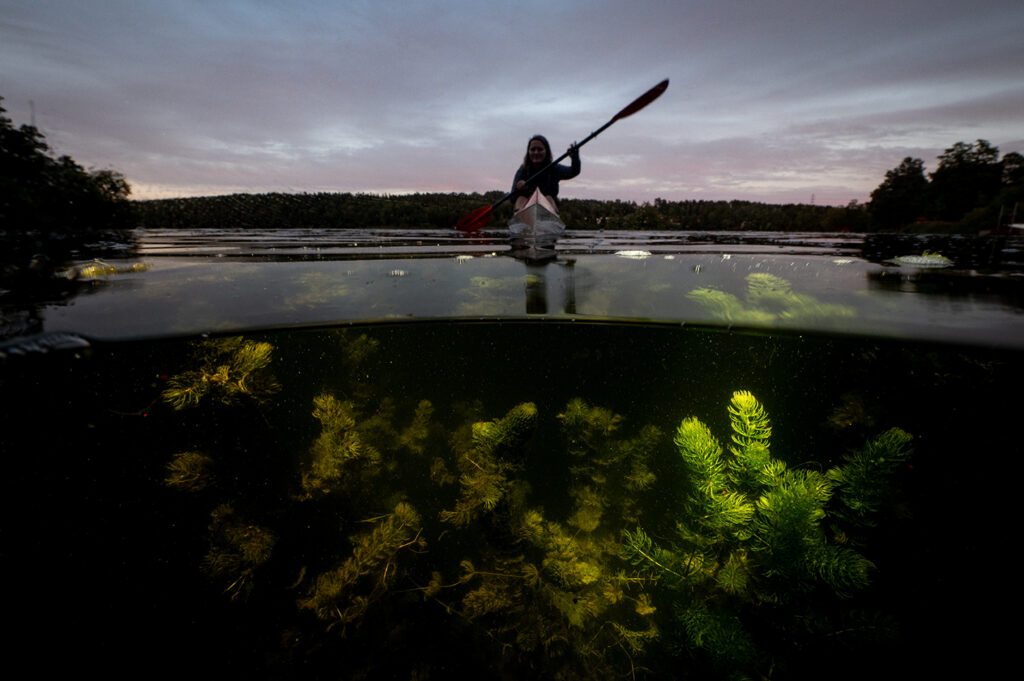
Nutrients, mainly phosphorus, from industry, agriculture and other applications have run down and been stored at the bottom of Lake Norrviken for several decades. Phosphorus causes eutrophication. Eutrophication results in formation of large quantities of microscopic algae, which turn the water green in summer. When the microalgae die and decompose, the lake bed becomes anoxic. […]
Appendix 5. Step 2: Calculation of water volumes in lakes for different depth intervals
Authors: Brian Huser, Swedish University of Agricultural Sciences, Uppsala and Ernst Witter, Örebro County Administrative Board, Örebro
Appendix 2. Determining whether a lake is dimictic, polymictic or mixed
Authors: Brian Huser, Swedish University of Agricultural Sciences, Uppsala and Ernst Witter, Örebro County Administrative Board, Örebro
Appendix 1. Step 1: Tool for assessing the risk of elevated loading in inland lakes
Authors: Brian Huser, Swedish University of Agricultural Sciences, Uppsala, Ernst Witter, Örebro County Administrative Board, Örebro

